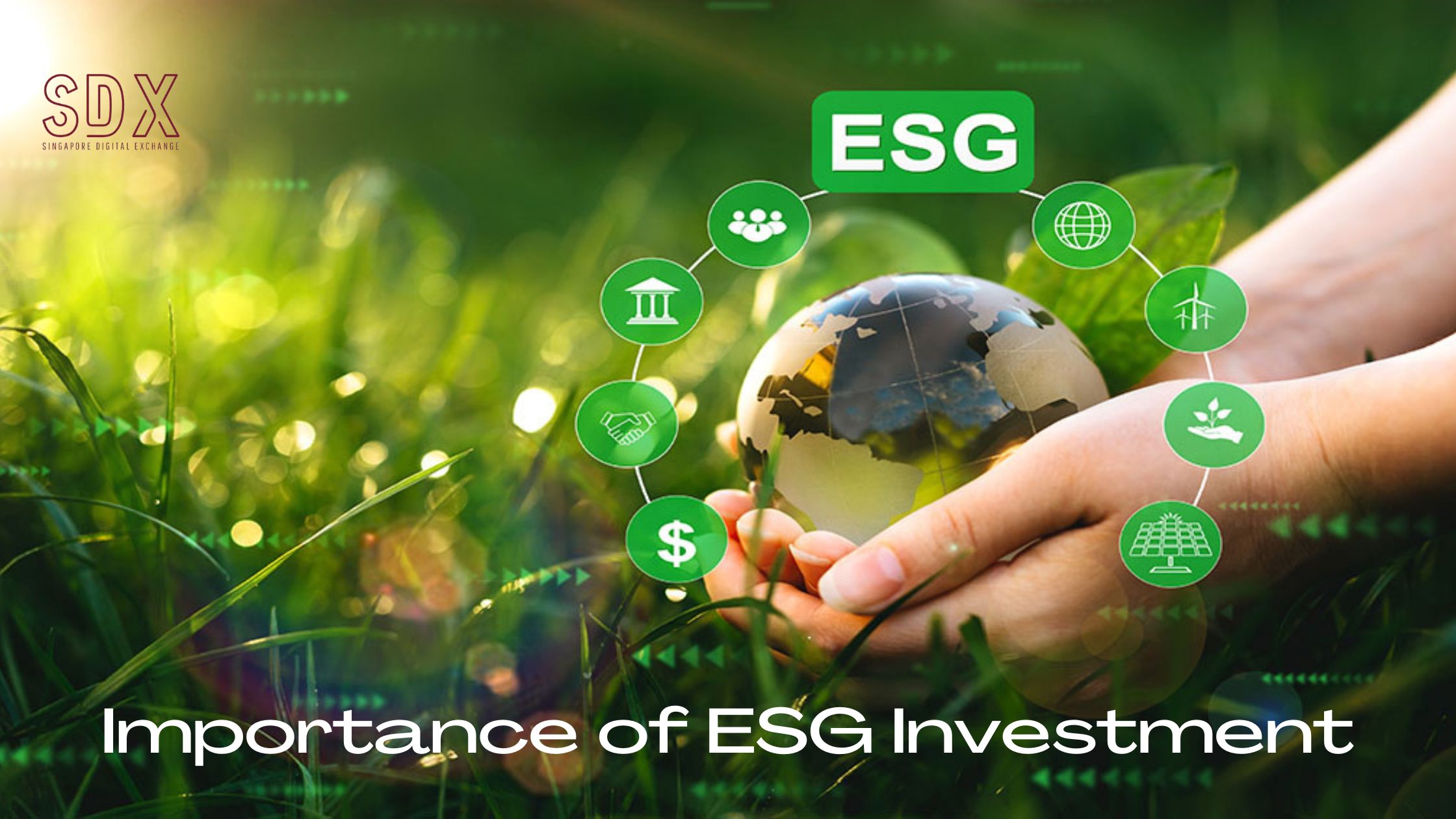While ESG is gaining momentum, it’s still an evolving landscape, which makes it difficult to assess, implement and manage programs in an organization. Whether you’re looking to expand on existing ESG efforts or if you’re just getting started, we’ll meet you where you are. Once we gain an understanding of your organization, your culture, and your strategy, we’ll work with you to develop an ESG foundation, point of view, and guiding principles focused on the elements that matter most to you and your stakeholders. Then, we’ll identify and establish a framework, goals and metrics, policies, and governance-related documentation, and guide you through compliance and sustainability reporting for stakeholders. Investors can employ a variety of analytical approaches and data sources to address ESG considerations, including weighting to client interest and potential value. Understanding the relative merits and limitations of different metrics can help to form a more complete picture of ESG risks and opportunities.
ESG in private equity: what’s coming and how can you be ready?
As clients, employees, and key stakeholders demand more socially conscious, sustainable corporate behavior, understanding the current environmental, social, and governance (ESG) landscape and reporting trends is critical for the private equity industry. In this on-demand webinar, the presenters will provide a background of the current ESG landscape and discuss how companies can develop a strategy to prepare and respond to ESG.
1. Environmental
Environmental criteria refer to an organization’s environmental impact(s) and risk management practices. These include direct and indirect greenhouse gas emissions, stewardship over natural resources, and the firm’s overall resiliency against physical climate risks (like climate change, flooding, and fires).
2. Social
The social pillar refers to an organization’s relationships with its stakeholders. Examples of factors that a firm may be measured against include Human Capital Management metrics (like fair wages and employee engagement metrics) but also an organization’s impact on the communities in which it operates and on supply chain partners, particularly those in developing economies where environmental and labor standards may be less robust.
3. Governance
Governance refers to how a company is led and managed. ESG analysts will seek to better understand how leadership’s incentives are aligned to stakeholder expectations, how shareholder rights are viewed, and what types of internal controls exist to promote transparency and accountability by leadership. The Evolution of ESG. The ESG lens helps assess how an organization manages the risks and opportunities created by changing conditions, such as shifts in environmental, economic, and social systems.


